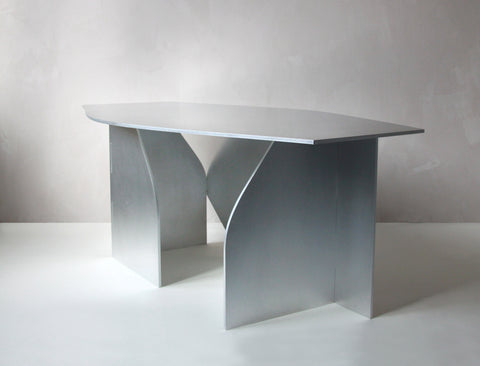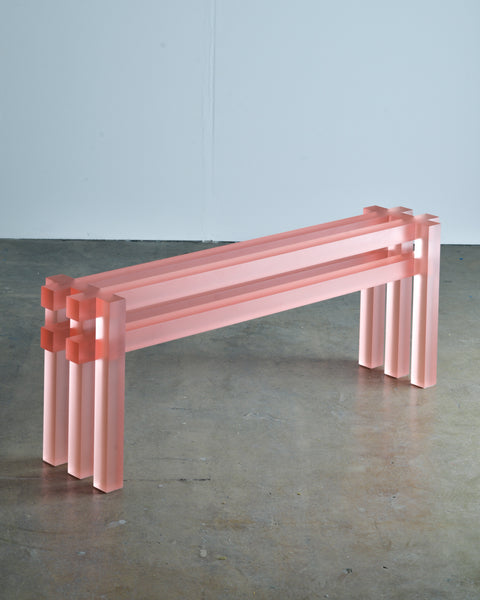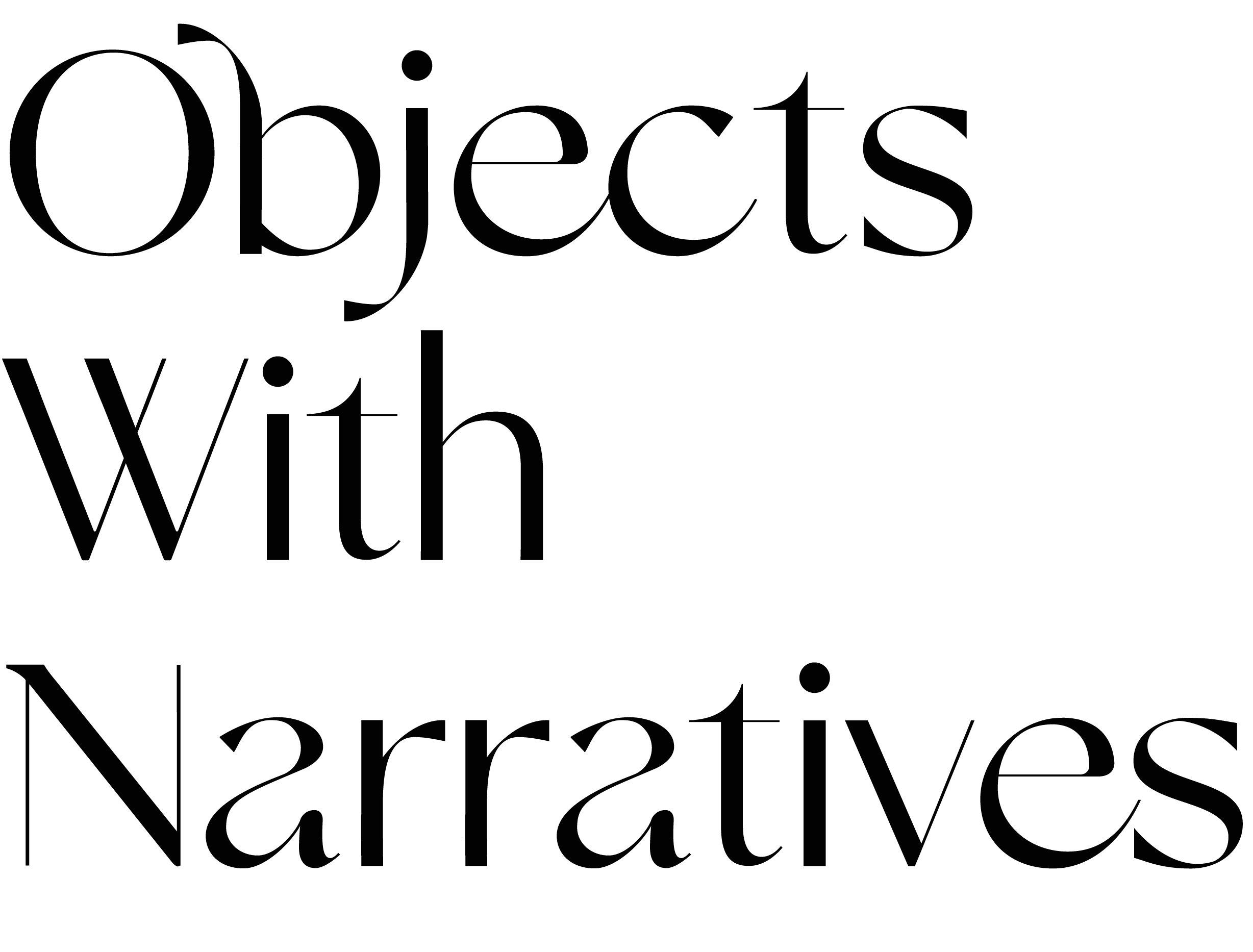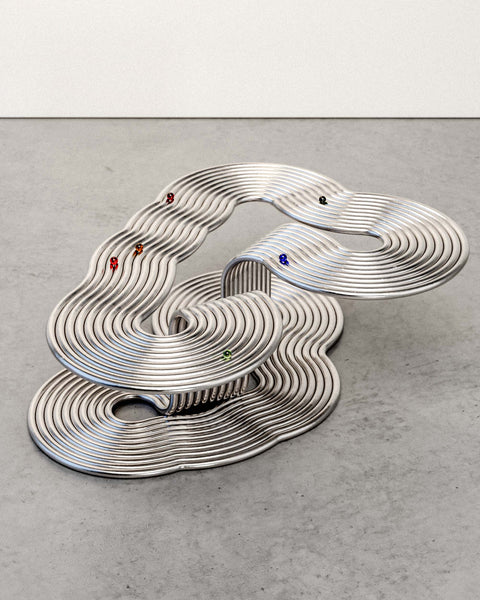
Collectible Design & Functional Art: The Classics of Tomorrow.
We consistently surround ourselves with objects and designs that display an essence of who we are. We become emotionally engaged with these works, especially when they tell such compelling narratives, which is exactly what collectible design achieves. Sitting at the nexus of art and design, a collectible object carries strength and stance to demand that extra second glance, much more than any ordinary object. The contextual work manifests a strong concept in a relevant moment of time and thus contributes to the history of design. These high end pieces, produced at a limited quantity, possess meticulous craftmanship with high attention to details in process, materials and form. With each piece being unique from the next, they all manage to share one common denominator – to shape a narrative that resonates with their audience.
Collectible design, simply put, are Objects With Narratives.

The Artists.
At OWN, the artist comes first. Starting as artists ourselves, we understand the effort put into the different stages of designing, modelling, failing and successfully making outstanding pieces. Therefore, our view is that our artists are simply not just a number, and all deserve our utmost attention. Our goal is for artists to solely focus at what they are best at: design. We take care of the rest.
OWN aims to curate the work of household names to young up and coming artists who have limited exposure or notoriety, as long as each artist has a strong narrative behind their work and practice. Similarly, our services vary depending on the level of support the designer needs. From sales and marketing to logistics and production, we support an engaging network of artists for collaborative efforts.
Online is no longer an extension, instead it takes a pivotal role of keeping the gallery ecosystem alive.

Our Role As Curators.
The role of a curator, historically defined as a caretaker, has evolved over time to become much more complex. Today, a curator must organize, guide, and advise potential buyers for pieces that suit their style, taste and need, all whilst simultaneously following new and developing trends in the design world. Thousands of new objects are being designed and made globally every day, and it is the curator’s responsibility to carefully select, acquire and oversee potential narratives to inspire its audience through developing noteworthy collections, exhibits and publications.
Acting as facilitators, they nurture artists in several ways, from helping their vision come to life, to connecting them with other artists across different fields, creating new opportunities and understanding the artist's goal and objective of their work and studio. Only then can curators and artists reach a symbiotic relationship which is paramount to OWN.

